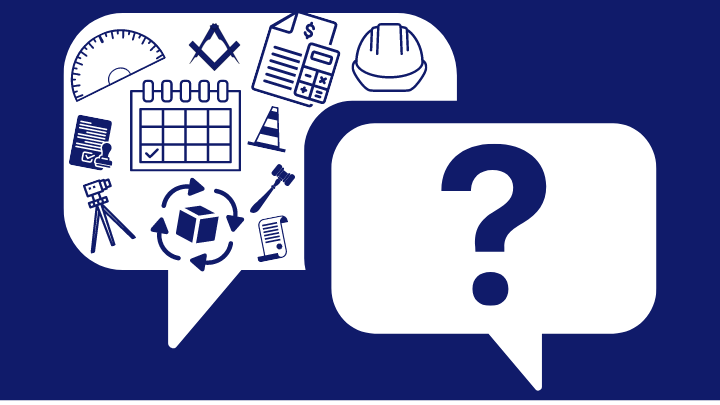Avoiding Expertise Impairment
Avoiding Expertise Impairment

Chances are that if your work involves getting public input about a project, program, or issue, you are part of an organization that has significant expertise in whatever it is you’re wanting the public to inform. That likely also means you are paid to think about this stuff on a daily basis and that you work with people who have degrees in it, go to conferences about it, and subscribe to publications covering it.
This is all to say that despite best efforts and intentions, it can be difficult for teams of subject matter experts to deliver meaningful public engagement on their own. Think of it as a form of impaired judgment. Teams can be so knowledgable about something that it effectively skews their understanding of how the rest of us relate to that topic. It’s here that we’ve set up a clear and obvious plug for why you should therefore work with firms like ours so let’s take a moment to acknowledge that nice little piece of coercion, shall we?
Good? Great. With that on the table, there are some concepts that can help break through this reality distortion field of expertise so both you and your public constituents feel confident that your engagement work is effective and meaningful.
Zoom out. Every public engagement effort has at least a few core questions it wants to ask. Some that we’ve worked on include where to locate a new facility, whether to rebuild or renovate a building, whether to consolidate services, and what sorts of services would be most useful to communities. These projects have clear objectives and usually well-defined timelines. That makes it easy to fall into a public engagement approach that is optimized for efficiency and convenience rather than mining and applying meaningful input. “These are the questions we want input on, so let’s ask them as much as possible, and as soon as possible.” But remember, it’s highly likely that the audiences you’re engaging have only a passing awareness, if that, of the topic or issue on which you want them to weigh-in. Before getting to those red-meat-key-decision discussions, take the time to create a dialogue about the bigger picture and what should inform it.
Balance space & structure. Easier said than done, but highly necessary. Public engagement strives for genuine insight and candid dialogue. That requires both time and opportunities for different perspectives to be shared. Where projects or programs get off the rails is that teams get either too momentum-focused, and overly structured, or don’t provide enough structure. For the latter, we want to avoid ending up with a big bucket of “Other”—data points so disparate that we’re left no wiser than when we started. This comes down to setting parameters and expectations for what is up for discussion, and making sure those are clearly articulated when working with the public.
Get a little wonky, but only a little. Demonstrating passion and expertise in the work you do is a good look. It shows the public that you care, and believe in the work. Being able to provide thorough information and explanations about certain parameters of the project (technical, cost, timeline, etc.) also enhances confidence that the effort is in good, thoughtful hands. The one thing to be mindful of: jargon. Use as much plain language as possible in written communications, and for anything live (in-person or virtual) consider assigning someone on the team to be on jargon patrol. They can be the one to raise a hand and ask for definitions of words or phrases so members of the public don’t have to do it themselves. Outside perspective, like, say, from the expert communicators at Clermont Eliot, can also be extremely helpful in identifying and eliminating jargon.
Close the loop. One of the most common things we hear from community members when starting a new public engagement effort is how no one ever told them what became of the last big thing they were asked about. It’s understandable. Remember what we talked about with being objective-focused? Projects and programs have timelines, and often, once public engagement has achieved a desired level of input the show moves on. Building in opportunities to circle back with people who have shared their time to provide thoughts and feedback communicates that their participation is valued, and that they’re a part of the effort. That builds trust and support for your project, program, and organization.
One other thing to keep in mind…your team is being paid to be part of public engagement work. It’s part of the job. The public is participating on their own volition, but are nonetheless doing work. They are dedicating their time and knowledge to your effort. Make sure to recognize that often. In some cases it may be appropriate to offer some form of incentive or compensation to participants who are pitching in to help produce an important community result.
A core risk of public engagement is that it becomes perceived as performative or shallow, that decisions have already been made and the meetings, surveys, roundtables, and outreach is about ticking a box. Expertise impairment can heighten that risk by making your outreach feel exclusive and inaccessible. Grounding engagement efforts in these concepts helps teams take a step back, expands their perspectives, and meaningfully demonstrates a commitment to public collaboration.
